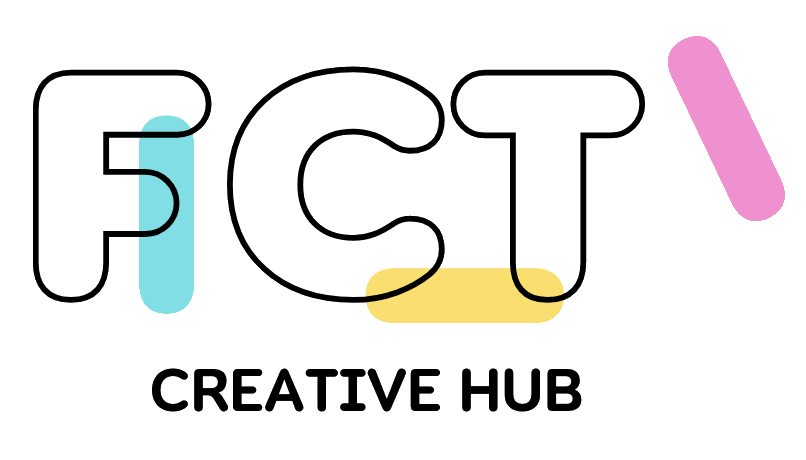Have you ever left a meeting and then forgotten what you were supposed to do next? Or maybe you had to follow up with your team but couldn’t remember who said what. It happens with many of us, especially when meetings are back-to-back or full of discussions.
That’s why taking meeting notes in the right way is important. Not just writing down what was said, but making sure those notes help you take action and follow up after the meeting.
In this article, we’ll talk about how to take notes during meetings that help you move forward with your work. You don’t need to be a fast writer or someone with fancy tools. Just a bit of planning and the right method can make all the difference.
Why Taking Notes is Still Useful Today
Even though many of us now use virtual meetings and new apps, good note-taking still plays a key role in teamwork. When notes are clear and well organized, they make it easy for everyone to remember the key points, decisions, and next steps. It also saves time: You don’t have to return and watch the entire meeting again. You simply refer to your notes and get back at it, especially when you have the best way to take meeting notes that makes sense for your team’s workflow.
Keep Notes Short and Clear
It’s tempting to write everything down. But try to note only the main points. Focus on key decisions, action items, and things that need follow-up. You don’t need to write full sentences either. Just short bullet points with the person’s name and their task can be enough.
For example:
- Rahul: Send the design draft by Friday
- Priya: Set up client call for next Tuesday
Use the Same Format Every Time
If your notes look different each time, it gets confusing. Try using the same format for every meeting. Start with the date, who joined the call, and the meeting topic. Then list points under headings like:
- Agenda points
- Decisions made
- Tasks assigned
- Deadlines
Try AI Tools That Help You Focus
Today, there are helpful tools that can take notes for you during a call. These tools work quietly in the background and record everything that’s said. Later, they give you a clean summary and even highlight the important action items. This means you don’t have to type during the meeting or worry about missing anything.
If you’re looking for the best way to take meeting notes, these AI tools offer a clear edge: from real-time transcription to searchable archives and automatic task suggestions.
Some tools even support multiple languages and allow you to search past meetings like you’re chatting with a person. You can ask questions like “What was discussed about the budget last week?” and it will find the exact answer.
These tools also work well with other platforms like CRMs, calendars, or project boards. So when the meeting ends, your notes are already ready to share or use in planning.
Focus on Action Items
The main reason we take notes is so that we don’t forget what needs to happen next. So, after every meeting, make sure to write down the action items. Don’t just write “Discuss next steps.” Instead, be clear and specific.
Write something like:
- Anjali is to prepare a list of vendors by Thursday
- Rohan to review client feedback and update the proposal
Also, if you use tools that do this automatically, they usually highlight these action points and add reminders too. That way, everyone stays on track.
Keep Everyone in the Loop
Good notes should be shared with the team. After the meeting, send the notes to everyone involved. This helps avoid confusion. It also shows who’s responsible for what. If you’re using the best AI note-taker, sharing becomes even easier, as some tools allow you to send notes instantly, right after the call ends.
Sharing notes also helps those who missed the meeting. They can quickly go through the key points and still be part of the team’s progress.
Make Notes Easy to Search
We all have busy schedules. So when you need to find something from an old meeting, you should be able to get it fast. Notes should be saved in one place and organized by date or project.
Some apps allow you to search using normal questions. You can type in “When did we plan the product launch?” and the tool shows you the exact meeting and answer. This saves a lot of time.
Keep Language Simple
Your notes are not a report. They’re just for your team. So don’t worry about using formal words or grammar. Use simple, everyday language that anyone can understand.
For example:
- “Client liked the new design. Wants changes in the header section.”
- “Team to test the new version on Friday.”
Simple notes like these are much better than long, complex sentences that are hard to follow.
Use Tools That Support Your Meeting Style
Not all teams work the same way. Some meetings are quick standups. Others are long planning sessions. There are note-taking tools that match different meeting types.
If your team prefers short daily updates, look for a tool that can give instant summaries. If you do detailed planning calls, use one that can give you full transcripts and track who said what. Some even let you record in multiple languages and label speakers correctly. This is helpful for international teams or when working with clients from different countries.
A few tools can also plan follow-up tasks and even update your calendar or CRM without you doing anything. These save a lot of time and reduce the chances of missing something important.
Make Time to Review
Taking notes is one part. The second part is reviewing them. Before the next meeting, take five minutes to read your last notes. This helps you come prepared. It even nudges you if there’s something you have neglected to do.
If you’re on a platform that retains previous meetings, use the search function or filters to locate what you’re looking for. This maintains the organization of your work and allows you to implement the tasks you planned.
Conclusion
Good meeting notes are not about writing everything down. They’re about helping you and your team move ahead. These save time, limit confusion, and really spell out what needs to happen next.
You can write it out by hand, type it, or leverage tools that guide you through capturing your notes and summarizing the call. The trick is to zero in on what counts: decisions, action points, and deadlines.
Keep it simple. Share it with your team. And use the same format every time. With the right notes, your meetings won’t feel like a waste of time. Instead, they’ll become a part of how your team gets things done smoothly.
If your team is working online or if you attend many meetings every week, trying out a tool that helps with notes can make your workday easier. It gives you more time to focus on your actual work, while still keeping track of every important point from your calls.

